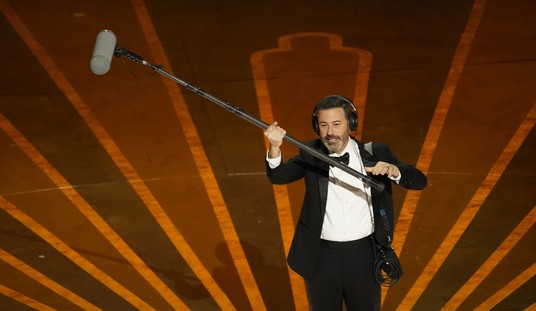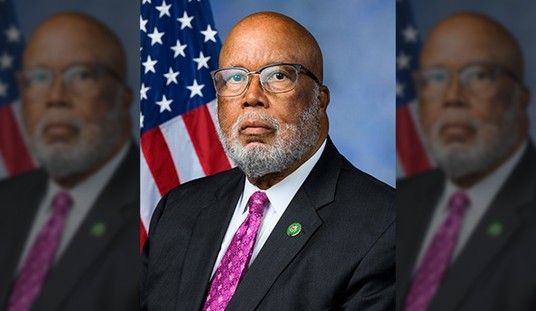Yesterday, I shared a bit of outrage over a plan by Blue Runner Foods to commercially produce frozen gumbo and red beans as part of an expansion of facilities in Louisiana. The planned expansion will include the equipment needed to freeze the food in order to make it easier to store and send off to grocery stores nationwide.
The origin of the freezing process in commercial food processing is an interesting one, born toward the end of the Second Industrial Revolution, developed by an American inventor, and made into commercial success by the heiress of a breakfast cereal powerhouse.
Clarence Birdseye was an inventor and entrepreneur who spent years trying to develop a proper way to freeze and refrigerate food. During this time period, in-home refrigeration didn’t really exist in any meaningful way and food storage was fraught with difficulty (and, often, rotten food). The problem with freezing food in the typical fashion is that the slow freezing process creates ice crystals in the food, which force cells to rupture and flavorful juices to run out. Food would become bland and tasteless, and there was still the trouble of transporting it to the home and keeping it frozen.
Birdseye developed a much faster freezing process by taking the food meant to be frozen and placing it between two super-cold plates, causing the food to freeze much faster and bypassing that ice crystal stage. As a result, food could retain its juices and, therefore, its flavor.
However, there was an issue. In developing his solution, he created a whole new problem for himself: no one could store this food. Enter Marjorie Merriweather Post, the daughter of C.W. Post and the head of the Postum Cereal Company.
Having inherited her father’s breakfast cereal business, Post was ambitious and innovative. She would expand the company beyond breakfast cereal, leading to it becoming the General Foods Company. In 1929, she met Birdseye and immediately saw what it could mean for her company and customers. She bought Birdseye’s company for $22 million and immediately set about making his frozen food idea into a commercial success.
Most Americans still wouldn’t really taste frozen food until World War II, as refrigeration and delivery were still an issue. The growth of supermarkets and a demand for better in-home refrigeration would finally give Bird’s Eye, the company that Birdseye’s innovations would become under the General Food Company, the opportunity to provide American homes with frozen vegetables, fruits, fish, and other items as the freezing process would continue to develop.
In 1954, the frozen TV dinner was being sold commercially by Swanson. The origin of the TV dinner is, however, under a bit of dispute.
But as these invention stories go, at least three different sources have been attributed to the TV dinner, according to the Library of Congress: Gerry Thomas, the Swanson Brothers, and Maxson Food Systems, Inc.
In 1944, W.L. Maxson Co. created the first frozen dinner called “Strato-Plates,” which it sold to the Navy and airlines. The meals consisted of three basic dishes — meat, vegetables and a potato — on a paperboard tray treated with Bakelite resin.
[…]
The most popular story — until recently — was that Swanson exec Gerry Thomas came up with the idea during a turkey surplus in 1952. The company needed a way to sell 520,000 pounds of extra bird.
Thomas, then 30, was on a business trip to Pittsburgh flying Pan American Airlines, when it hit him. His heated meal was served in a metal tray. This was how Swanson would package the extra turkeys: frozen and in trays like the one on the plane.
Regardless of the origin, in 1954, there were ten million frozen TV dinners sold.
In the years since, we have greatly expanded our frozen food options. There are multiple aisles at your local Walmart with everything from frozen vegetables to frozen dinners, from pizza to ice cream, and everything in between. The commercial success of Birdseye’s innovations has been realized.
Naturally, a change in the technology allowed for more efficient means of freezing, storing, and shipping frozen foods. It has become a major part of the American way of life, and has been a staple of grocery stores and homes worldwide ever since.












Join the conversation as a VIP Member